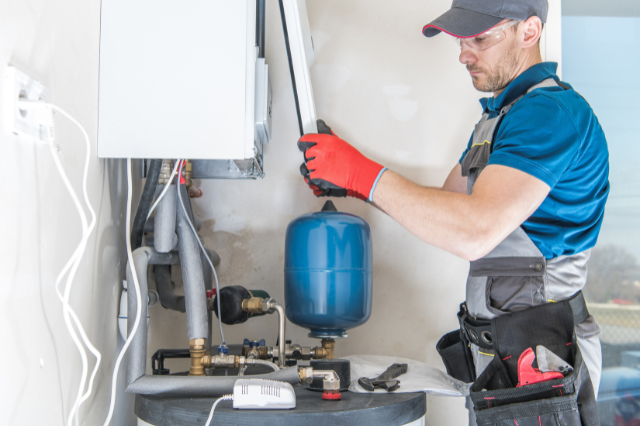Installing a new furnace constitutes a substantial investment, crucial for maintaining warmth and comfort in your home during the colder months. The total gas furnace pricing installation cost can vary significantly based on several factors, including the type of furnace selected, labor expenses, the size of your home, and any necessary modifications to the ductwork. It is essential for homeowners to understand these variables in order to make well-informed choices when upgrading their heating systems.
The gas furnace pricing for replacement can vary significantly based on the type of unit selected and the complexity of the installation process. Generally, homeowners can expect to spend between $2,000 and $7,000 for a new gas furnace. However, it is important to note that some high-efficiency models can reach prices as high as $12,000.
Types of Furnaces and Cost Ranges
Furnaces are available in several types, each with distinct price ranges. Electric furnaces are generally the most economical option, with unit costs spanning from $2,000 to $7,000. In contrast, gas furnaces—renowned for their energy efficiency and common usage—typically range from $3,800 to $10,000.
Oil furnaces, celebrated for their substantial heat output, represent the higher end of the spectrum, with prices between $6,750 and $10,000. It is important to note that these figures reflect the cost of the unit alone and do not encompass installation expenses.
Installation Costs and Influencing Factors
The cost of installing a furnace generally falls between $1,600 and $10,000, with the average installation price around $4,799. Several factors determine the final price, including the complexity of the installation, required ductwork alterations, local labor rates, and the furnace's efficiency rating. While higher-efficiency models may necessitate a greater initial investment, they can lead to significant long-term savings through reduced energy bills.
Additional Costs to Consider
In addition to the costs associated with the furnace and installation, homeowners should plan for supplementary expenses. These may encompass permits, upgrades to thermostats, necessary ventilation adjustments, and the disposal of the existing unit. Furthermore, opting for a more energy-efficient furnace may enable homeowners to qualify for rebates or tax incentives, providing additional financial relief.
By understanding these intricacies, homeowners can navigate the process of furnace installation with greater confidence and make choices that align with their heating needs and budgetary considerations.
Selecting the Ideal Furnace for Your Home
When selecting the ideal furnace for your residence, it's essential to take into account factors such as the size of your home, the local climate, and your specific heating requirements. Electric furnaces are known for their ease of installation and maintenance; however, they may not be the most cost-effective option in areas with colder temperatures.
In contrast, gas furnaces strike an effective balance between cost and efficiency, making them a preferred choice for many homeowners. Meanwhile, oil furnaces are suitable for properties lacking access to natural gas, although they tend to incur higher fuel expenses and necessitate more maintenance.
Conclusion
A clear understanding of furnace installation costs is crucial for homeowners as it allows for effective budget planning. By thoroughly evaluating the various furnace types, associated installation costs, and potential rebates, homeowners are empowered to make informed decisions that ensure their homes remain warm and energy-efficient. Investing in the appropriate furnace not only elevates comfort levels but also promotes long-term energy savings.

